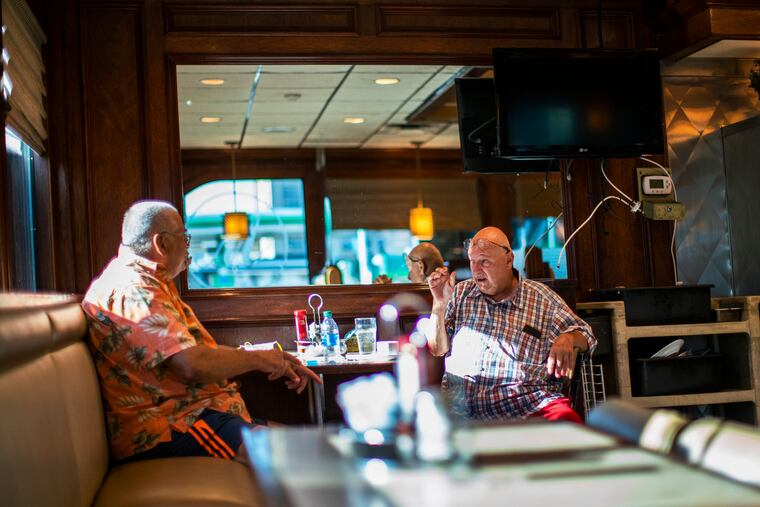CDC report finds COVID-19 patients were twice as likely to have dined at a restaurant, but some experts are cautious
A new report by the CDC found that people who tested positive were twice as likely to have dined at a restaurant.

People who tested positive for the coronavirus were about twice as likely to have dined at a restaurant in the preceding two weeks than those who tested negative, according to a new study published by the U.S. Centers for Disease Control and Prevention.
The study was small, analyzing just 314 cases of symptomatic patients from 11 health centers in 10 states with varying safety rules for restaurants. But as more states and cities resume limited-capacity indoor dining and, in many parts of the country, prepare for colder weather that will shut down outdoor dining, the report’s authors said the findings are a reminder of the importance of adhering to safety measures.
“Exposures and activities where mask use and social distancing are difficult to maintain, including going to locations that offer on-site eating and drinking, might be important risk factors for SARS-CoV-2 infection,” the authors wrote.
In Philadelphia, indoor dining resumed at 25% capacity on Tuesday and in New Jersey on Sept. 4.
Elsewhere in Pennsylvania, including Philadelphia’s surrounding counties, restaurants that have already been offering indoor dining will be allowed to expand their capacity from 25% to 50% on Sept. 21 if they complete an online safety certification.
David Damsker, director of the Bucks County Health Department, said the county has not found a correlation between coronavirus cases and restaurant dining. He said he is satisfied that the precautions restaurants are taking in addition to limiting their capacity, such as requiring people to wear masks when not eating and spacing tables at least six feet apart, are keeping customers safe.
“We can’t shut down restaurants for the next 20 years. COVID could be around for the next 20 years. We need to figure out a way to live with this,” Damsker said.
The CDC’s findings are worth noting, but it’s too early to say whether indoor dining will affect case counts locally, said Henry Raymond, an epidemiologist and associate professor at the Rutgers School of Public Health.
“This is a cautionary tale, but I don’t think it’s definitive that it’s a problem just yet,” Raymond said. “Overall, whether it be indoor dining or college football or on-campus in-person classes or gyms, we should be very cautiously looking at any signal they may be contributing to more spread.”
Raymond pointed to several other limitations of the study: It does not distinguish between indoor and outdoor diners, nor does it detail whether individuals participated in other activities where the virus could have been spread. Patients involved were all symptomatic and had sought a coronavirus test. The states involved in the study — California, Colorado, Maryland, Massachusetts, Minnesota, North Carolina, Ohio, Tennessee, Utah, and Washington — have taken different approaches to reopening businesses that could affect how the virus spreads locally.
John Longstreet, CEO of the Pennsylvania Restaurant and Lodging Association, said he worries the CDC’s findings will hurt progress in Pennsylvania, where restaurant restrictions have in some cases exceeded CDC recommendations. He pointed to Gov. Tom Wolf’s recent order that restaurants and bars cease alcohol sales at 10 p.m. beginning Sept. 21.
“It is concerning because people, when they see reports like this, assume it’s a broad brush for the entire restaurant industry,” he said.
Ongoing restrictions could result in long-term damage to restaurants.
“We’re on the verge of a real big crisis,” he said.